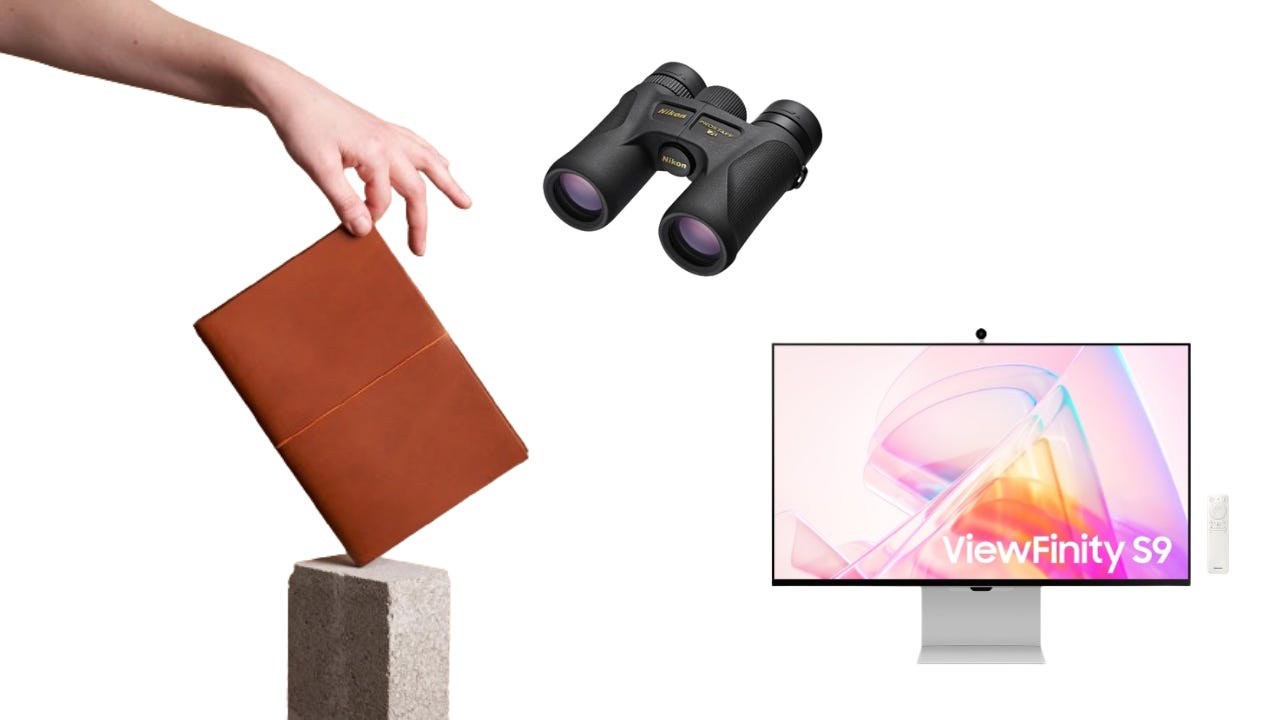Wood Splitting
Tools for Possibilities: issue no. 28
Once a week we’ll send out a page from Cool Tools: A Catalog of Possibilities. The tools might be outdated or obsolete, but the possibilities they inspire are new. Sign up here to get Tools for Possibilities a week early in your inbox.
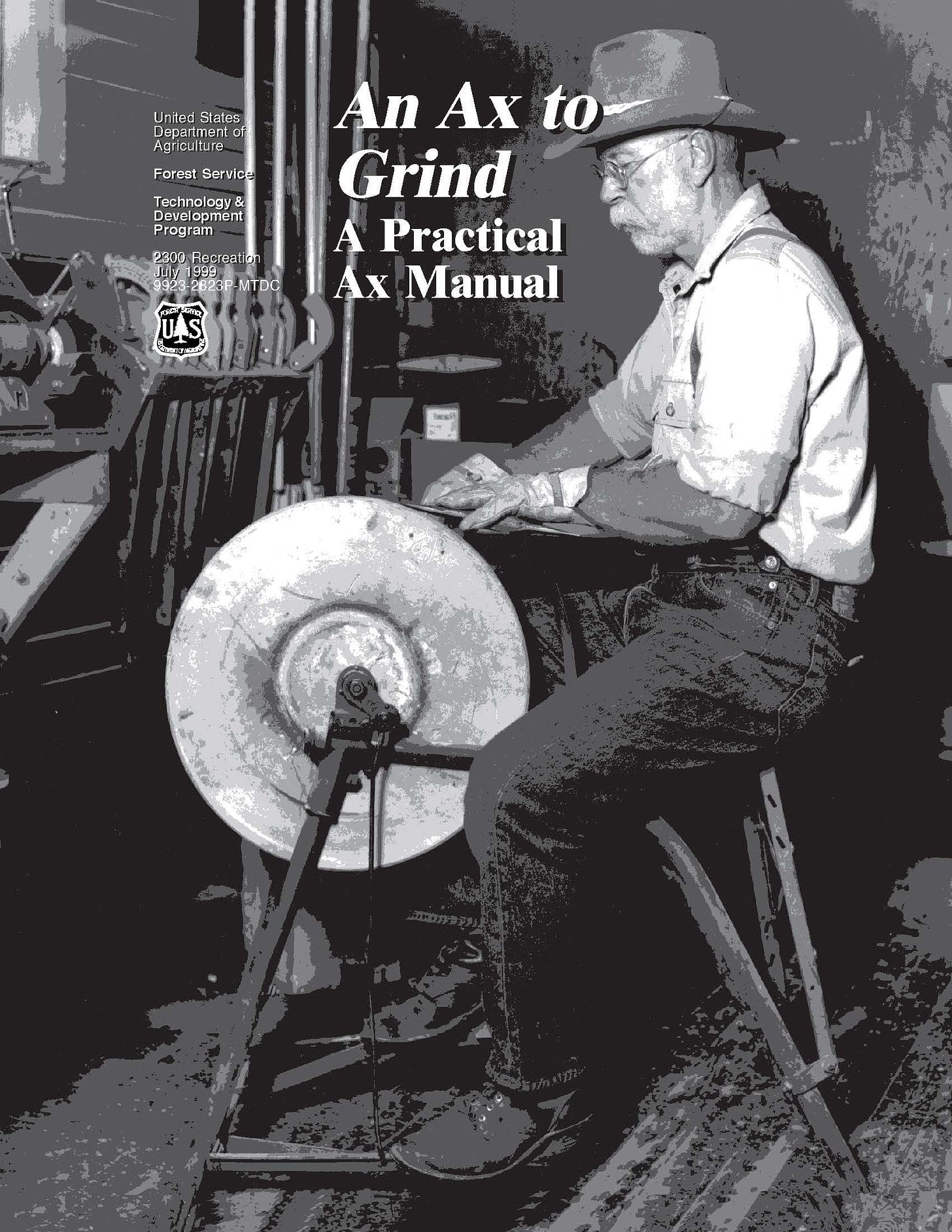
Classic ax-wielder’s guide
I’ve never felled a tree and can count with my hands how many times I’ve chopped wood. Enough swings to have stumbled on the sweetspot, but also uncomfortably close to injury. This free guide published by the USDA Forest Service is an incredible resource for everything ax-related, from beginner to advanced (and it’s free!). Filled with succinct and wise passages, clear photos and helpful diagrams, the book explains the in’s and out’s of felling, limbing, splitting, chopping, bucking, and hewing. Plus, no-nonsense tips on how to swing, grip, sharpen, maintain, select and purchase the right ax for the right job. The subtitle is right: practical. — Steven Leckart
On a knotty, gnarly block of wood you’ll need to start your split from the outside edges and slab off the sides. Inevitably, your ax will become stuck in the block you are trying to split. The best way to remove it without damaging the ax is to rap the end of the handle sharply downward with the palm of your hand without holding the handle.
Accuracy is the only thing that counts; the force of the swing is not nearly as important as its placement. Chop with a series of strokes: the top, the bottom, and then the middle (Figure 80). If you chop in that order (top, bottom, middle) with both the forehand swing and the backhand swing, the chip will fly out after your last cut. On your last cut in the middle on the backhand swing, you should give a slight twist to the ax as you sink it into the wood to pop the chip out. Swing with a natural rhythmic and unforced motion. Always watch your aim. Leaving one edge of your ax blade exposed will help ensure it doesn’t get stuckin the log.
Clamp the ax to the bench at a comfortable height (Figure 65). Put on gloves to protect your hands. Hold the file as shown. Because you file into the edge of the ax, not away from it, you need gloves in case of a minor slip. Always file into the edge, toward the center of the ax handle, because this creates the least amount of burr to remove on the other side. The single-cut file sharpens only on the push stroke. Lift it away from the ax head on the return stroke. If you “saw” with your file, it will fill with metal particles. It will not cut well and it can also be ruined as the file edges are peened over.
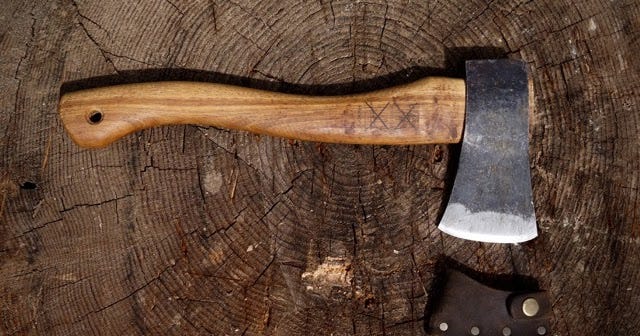
Hand forged hatchet
I’ve had this little hatchet for a few weeks now. Seldom have I had a tool give me so much pleasure. I love to look at it as it sits by the fireplace. It makes me happy. And using it is a whole other hatchet experience – it’s razor sharp and cuts beautifully. It makes me want to split wood or sharpen stakes. Hey, I think I need to trim the branches on that dead oak I’m about to cut up for firewood.
Once in a while, a tool has just got it.
It’s hand forged of Swedish steel (not made in China, by golly) by Husqvarna, the chain saw guys. This is on the smaller side of a hatchet, but they also make a larger version. The Husqvarna holds its edge well, and I don’t think I’ll need to sharpen it for awhile.
All my hatchets up to now have been clunkers compared to this (other than my shingling hatchet, which is specially designed for shaking and singling). — Lloyd Kahn
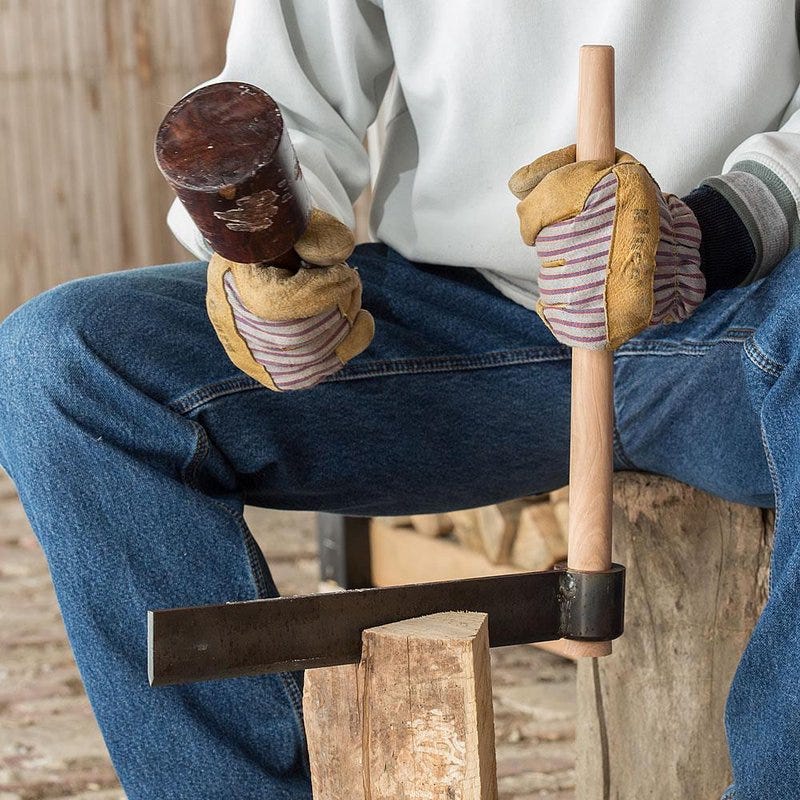
Kindling splitter
When I think of tools that I love, this one is near the top of the list.
Most folks will tell you that the way to make little sticks (kindling) out of big sticks (chunks of firewood) is to hold the firewood chunk upright on a chopping block in one hand and take a good swing at it with a hatchet. It’s pretty obvious what’s wrong with this picture: you have a sharp bladed instrument moving at high speed in the direction of your bare hand. After some practice, you’ll get the hang of it; the problem is teaching that level of skill without a few trips to your local suturist or finger-reattachment specialist.
There’s a better way: the Froe. Traditionally used for splitting shingles, it serves equally well for bloodless, fear-free kindling. The iron blade is driven into the log (another piece of firewood makes a perfect “mallet” for this), and then torque is applied using the wooden handle to complete the split.
Your fingers will thank you. — Karl Bunker
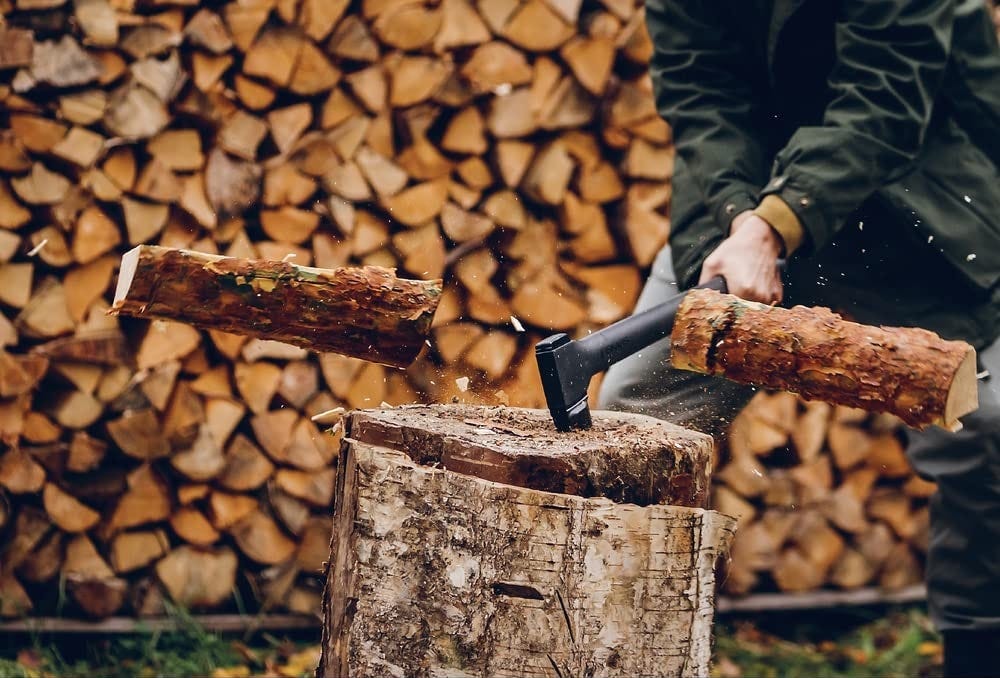
Easy splitting
The Fiskars 36” Splitting Axe is like night and day when compared to other splitting tools I’ve used in the past. While I’m envious of those who have a hydraulic wood splitter, I can’t emphasize enough how painless this splitting axe makes the process. Whereas my previous axe would get stuck, and require swing after swing, the Fiskars cuts like butter. The head, unlike a traditional axe blade, is closer in design to a splitting wedge which helps cleave through wood with ease. — Oliver Hulland
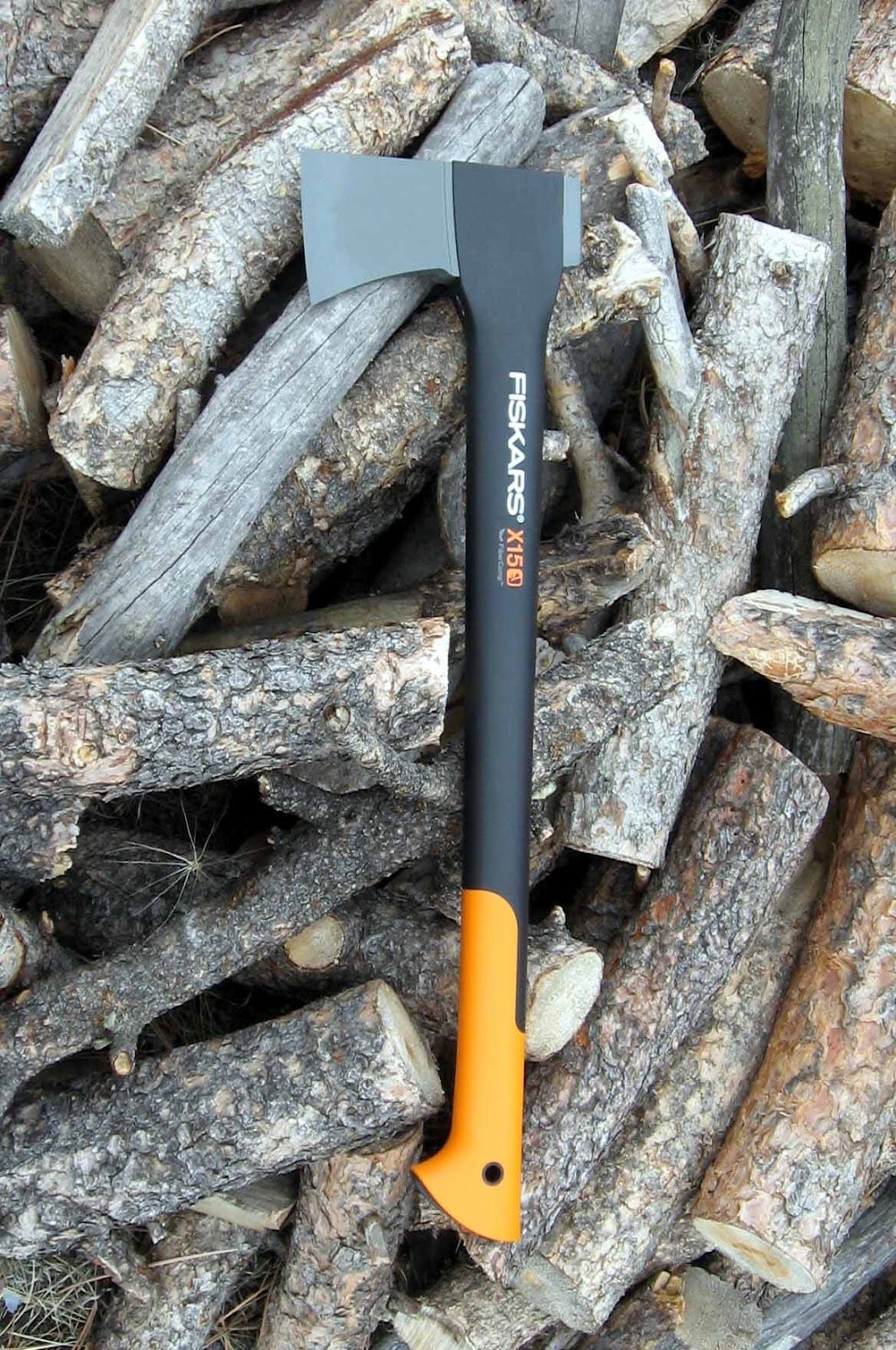
Sharp, tough hatchet
Fiskars makes the best axes for the money—light, sharp and virtually unbreakable. The handle is a fiberglass reinforced composite that is amazingly strong. A couple years ago I was carving a dugout canoe with my 28” Pro Chopping axe. The handle held up through a 30” diameter tree before breaking while I was working on the canoe (a quaking aspen log — not the best for a canoe, but all I could get at the time). Still, the axewas returned to Lowe’s and replaced for free. I have used similar-priced axes in the $30 range and the wooden handles either break in no time or the blade is dull or both. I have used my axe for around three years now and went quite a while without sharpening it. Eventually, I bought the Fiskars companion sharpener for $10 and with a few passes through it, the axe is ready to go. — Benjamin Thompson
04/3/23





